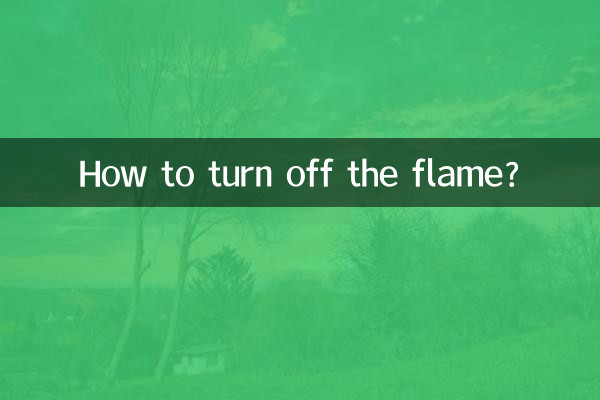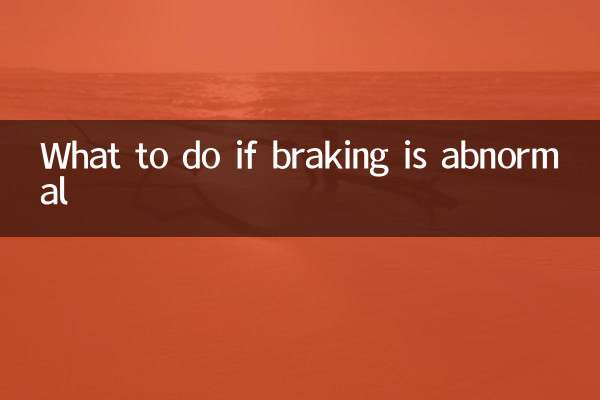How to turn off the flame?
Recently, the topic of " stalling " has triggered extensive discussions on major social platforms and automotive forums. Whether you are a novice driver or an experienced driver, how to turn off the engine correctly has always been a concern. This article will combine the hot topics and hot content on the Internet in the past 10 days to provide you with a detailed analysis of the best way to turn off the flame, and provide structured data for reference.
1. Basic steps to turn off the flame

Correct flameout procedures not only protect the engine, but also extend the service life of the vehicle. Here are the basic steps to turn off the flame:
| step | Operating Instructions |
|---|---|
| 1 | Stop the vehicle and make sure it is in neutral (manual transmission) or P (automatic transmission). |
| 2 | Release the accelerator pedal and lightly press the brake pedal. |
| 3 | Turn the key counterclockwise to the "OFF" position (or press the push-button start button). |
| 4 | Remove the key (if present) and apply the handbrake. |
2. Common misunderstandings about flameout
During the flameout process, many drivers tend to fall into the following misunderstandings:
| Misunderstanding | Correct approach |
|---|---|
| Turn off the engine directly without engaging neutral/P gear | Always make sure the vehicle is in neutral or P gear to avoid damage to the gearbox. |
| Do not release the accelerator before turning off the engine | The accelerator should be released before stalling to avoid excessive engine load. |
| Do not pull the handbrake after turning off the engine | After turning off the engine, apply the handbrake to prevent the vehicle from sliding. |
3. Flameout methods of different models
The flameout methods of different models are slightly different. The following are the flameout methods of several common models:
| car model | flameout method |
|---|---|
| Manual transmission | Put it in neutral, release the clutch, turn off the engine, and apply the handbrake. |
| Automatic | Shift to P, release the brake, turn off the engine, and apply the handbrake. |
| One click start | Apply the brakes, press the start button to turn off the engine, shift to P, and pull the handbrake. |
4. Precautions after turning off the flame
After turning off the flame, there are still some details to pay attention to:
| Things to note | illustrate |
|---|---|
| Check whether the appliance is turned off | Before turning off the engine, turn off air conditioners, radios and other electrical appliances to avoid battery drain. |
| Check if the car windows are closed | Make sure all windows are closed to prevent rainwater or foreign objects from entering the vehicle. |
| lock car | Be sure to lock the car after turning off the engine to ensure vehicle safety. |
5. FAQs about flameout
The following are frequently asked questions about flameout that netizens have recently discussed:
| question | answer |
|---|---|
| What should I do if I hear strange noises when turning off the engine? | It may be an engine or transmission problem and it is recommended to have it checked as soon as possible. |
| How to force shutdown of a vehicle with one-button start? | Press and hold the start button for more than 3 seconds to force the engine to turn off. |
| What should I do if the battery is out of power after turning off the engine? | You can try to start it with electricity, or contact rescue services. |
6. Summary
The correct flameout method can not only protect the vehicle, but also improve driving safety. Through the structured data in this article, I believe everyone will have a clearer understanding of flameout. Whether it is manual transmission or automatic transmission, one-button start or traditional key, mastering the correct shutdown steps and precautions can make your car more durable.
If you have other questions about flameout, please leave a message in the comment area to discuss!

check the details

check the details